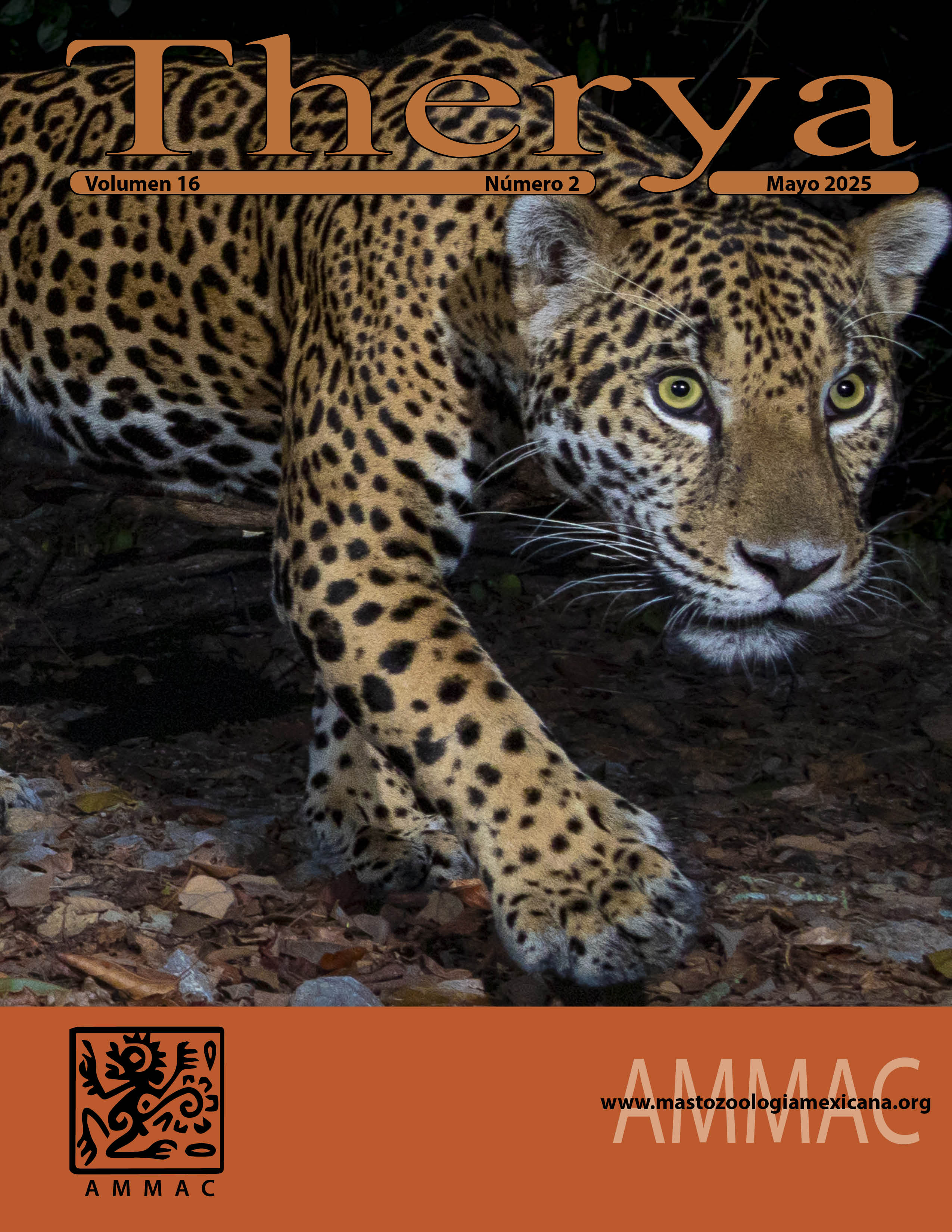Gastrointestinal parasitism in nine-banded armadillos (Dasypus novemcinctus) under different hunting pressures in the Reserva Natural del Bosque Mbaracayú, Paraguay
Keywords:
Zoonoses, helminths, prevalence, human-wildlife interfaceAbstract
The aim of this study was to characterize the gastrointestinal parasitic fauna of nine-banded armadillos (Dasypus novemcinctus) of the Reserva Natural del Bosque Mbaracayú (RNBM), Canindeyú, Paraguay, and to evaluate how human activities—particularly hunting—may influence parasitism patterns and zoonotic risk. We recovered 15 distinct parasites from fresh fecal samples of 73 individuals of D. novemcinctus including Protozoa: Eimeria sp., Giardia sp., coccidia (Family Adeleidae), unidentified coccidia; Cestodes: Hymenolepis sp.; Nematodes: Trichuris sp., Trichostrongyloidea, Cruzia sp., Ancylostoma sp., Uncinaria sp., Aspidodera sp., Strongyloides sp. and Acanthocephala. We report high prevalence of potentially zoonotic parasites including Ancylostoma, Trichuris, Uncinaria and Coccidia. We also found an increase in parasite richness in areas where hunting was reported vs. areas without hunting and the same trend for Nematode probability of presence, especially during the cold dry season. These results suggest that human activities may be affecting patterns of parasitism in wild armadillos. In addition, traditional consumption of these animals in this region may present a route of human exposure to zoonotic parasites.
Downloads
Downloads
Additional Files
Published
How to Cite
Issue
Section
License
THERYA is based on its open access policy allowing free download of the complete contents of the magazine in digital format. It also authorizes the author to place the article in the format published by the magazine on your personal website, or in an open access repository, distribute copies of the article published in electronic or printed format that the author deems appropriate, and reuse part or whole article in own articles or future books, giving the corresponding credits.










